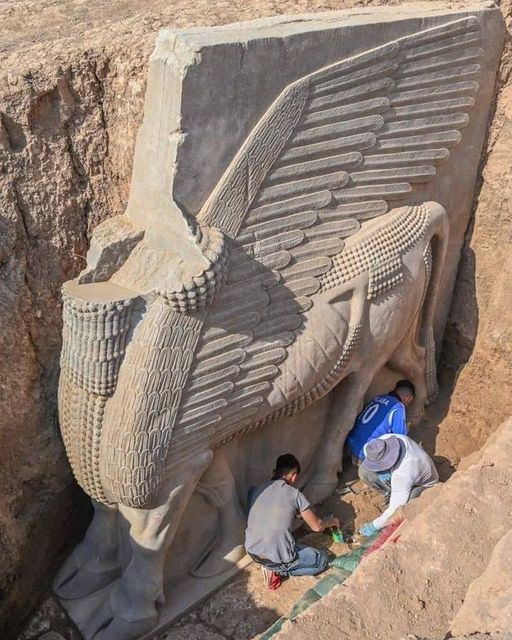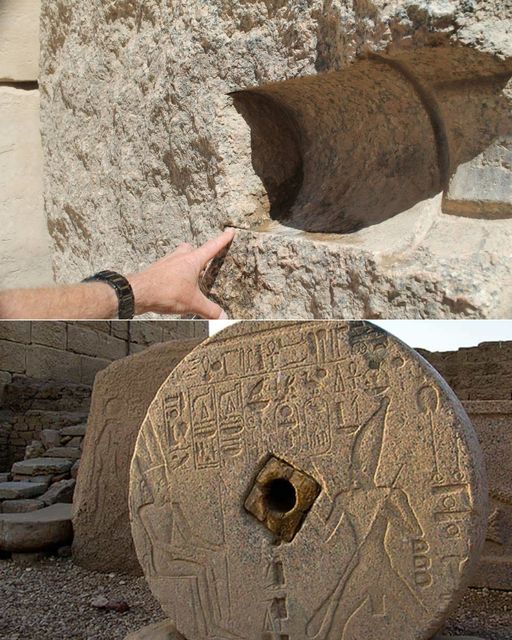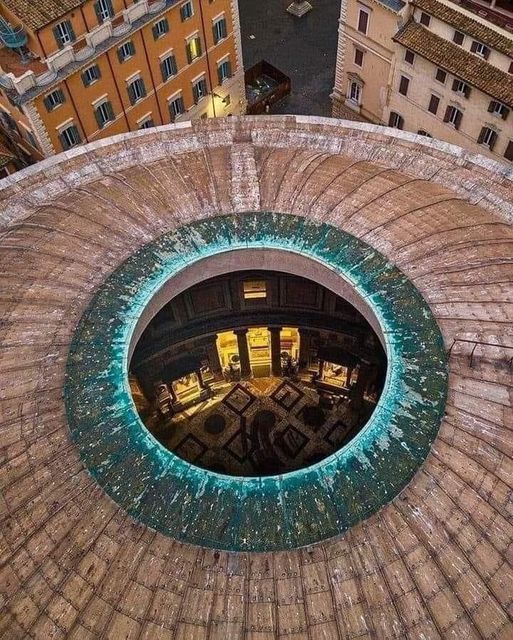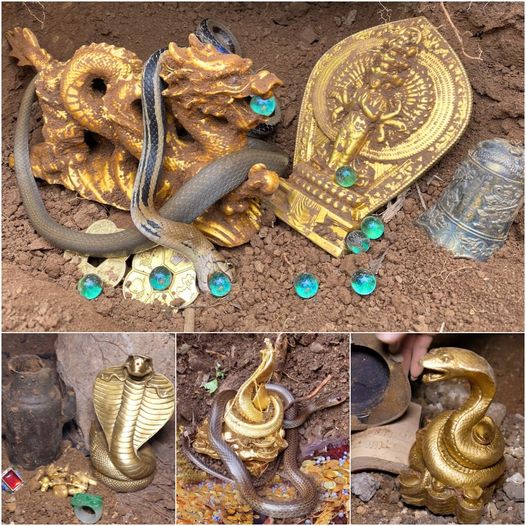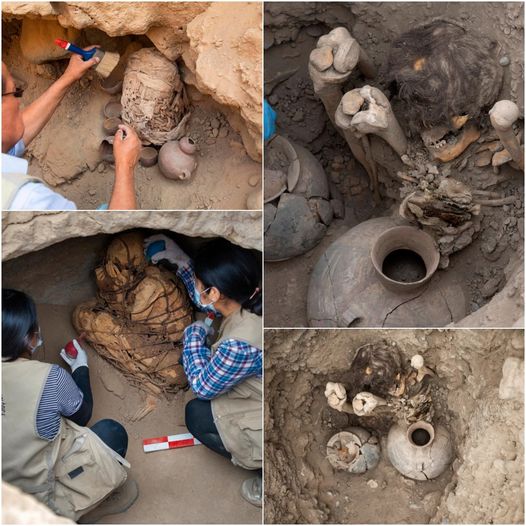Nestled within the breathtaking Alhambra Palace in Granada, Spain, lies a jewel of Islamic architecture—the Court of the Lions. This exquisite courtyard, adorned with intricate marble columns, tranquil water features, and captivating geometric patterns, stands as a testament to the splendor of Moorish art and design.

As one of the most iconic features of the Alhambra, the Court of the Lions has captured the imagination of visitors for centuries. Its name derives from the magnificent fountain at its center, which is supported by twelve marble lions, each spouting water into the surrounding basin. This mesmerizing sight evokes a sense of tranquility and harmony, inviting visitors to pause and contemplate the beauty of their surroundings.
Surrounding the central fountain are meticulously carved marble columns and arches, adorned with delicate stucco ornamentation and inscriptions from Islamic poetry and scripture. The interplay of light and shadow creates an ethereal atmosphere, enhancing the enchanting ambiance of the courtyard. At each corner of the courtyard, intricately designed pavilions provide shelter from the sun, offering a serene retreat for contemplation and relaxation.
The Court of the Lions served as the heart of the Alhambra palace during the reign of the Nasrid dynasty in the 14th century. It was here that the rulers of Granada held court, entertained guests, and conducted important ceremonies and festivities. The courtyard's architectural brilliance and cultural significance reflect the sophistication and refinement of Islamic civilization during this golden age.
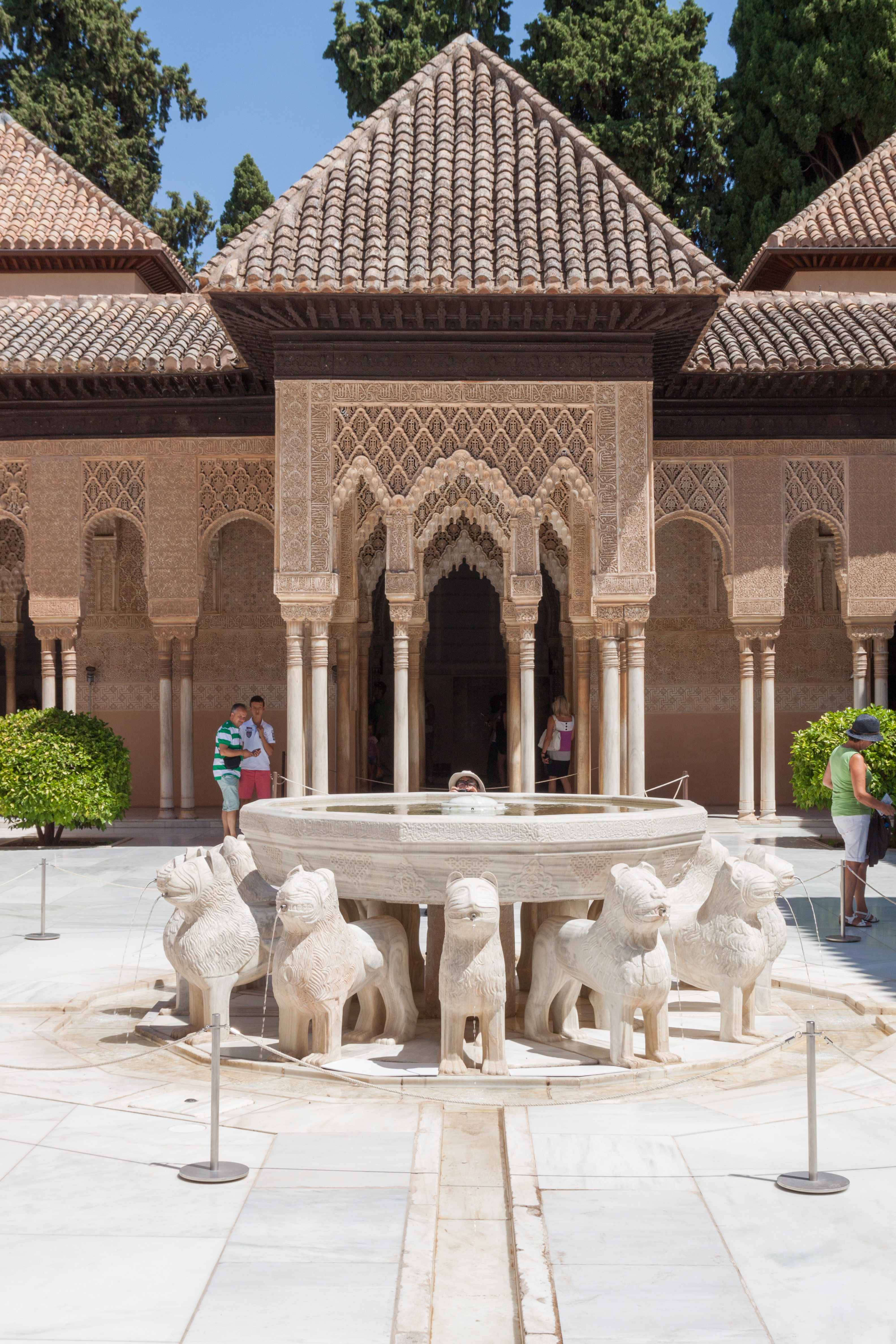
Archaeologists and historians continue to study the Court of the Lions to unravel its mysteries and uncover its secrets. Through meticulous research and analysis of architectural features, decorative elements, and historical records, they seek to deepen our understanding of Islamic art and culture in medieval Spain. Their work helps to preserve the legacy of the Alhambra and ensure that future generations can appreciate its beauty and significance.






